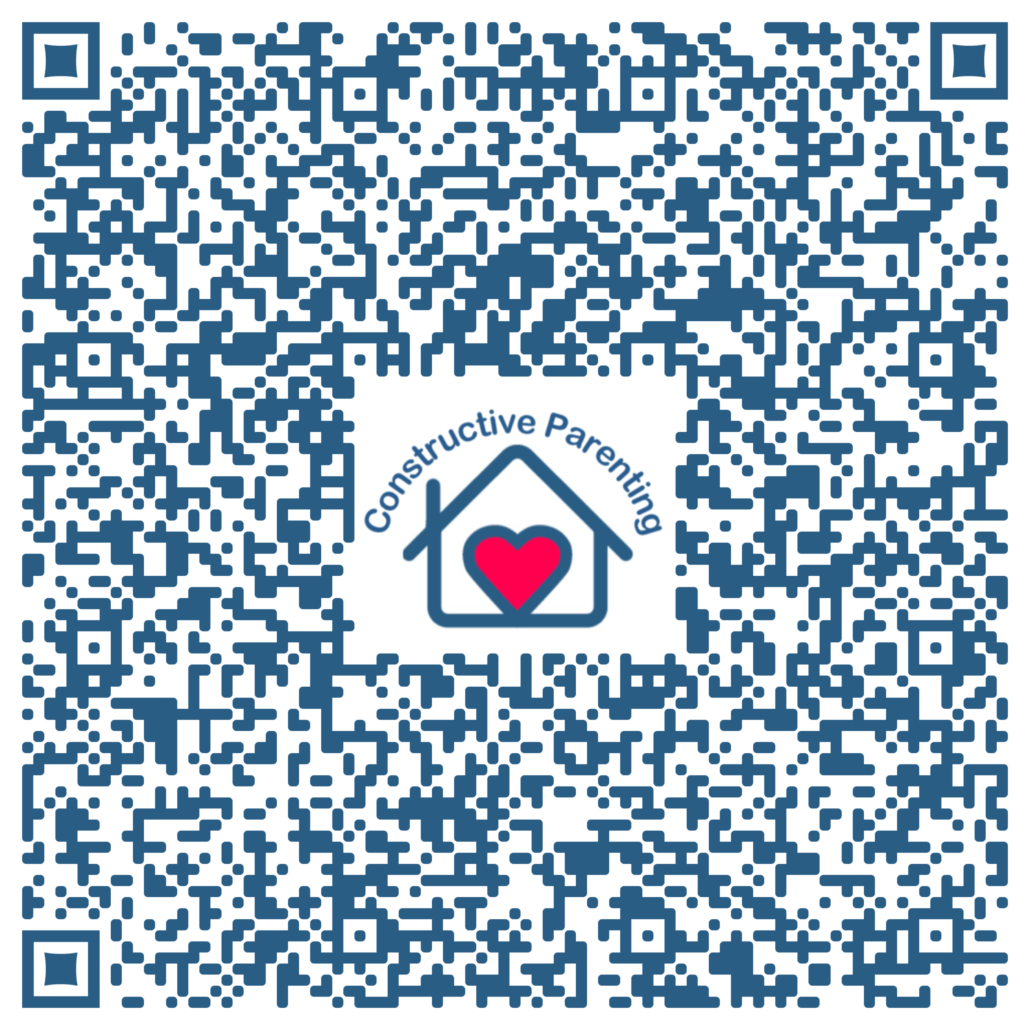How to Use Time-Out as an Effective Discipline Strategy

My family recently returned from a spring break trip to the mountains in Utah and this got me thinking about the difference between the time away and our usual routine. Typically, during this time of year our stress levels begin rising as a result of spring sports schedules, registering for summer camps, and volunteer activities. The days get longer but that just means we try to cram more in and, as a result, our frustration levels rise. This year, as our trip wound down I decided to reframe our spring break trip as a “time-out” from the chaos of our everyday lives.
Parents of preschool-aged children often ask me what an effective time-out looks like. When I check in about what they are already doing, they describe a scenario including a stair step or stool and their child sitting alone for 2-5 minutes. If I ask if this method works, I am usually met with a laugh or a blank stare. As parents, we need to reframe the way we think about time-out from a punishment to an opportunity to connect and teach. When children are making poor choices and they are told to go sit alone, they rarely use that time to consider what they should have done differently. Instead they plot ways to get off of the step sooner or they grow more and more angry as they defiantly pout about how mean their mommy is.
When your child is making a poor choice it is his or her immature way of asking you for help. Help with mastering a new skill or coping with difficult emotions. When children act out they are not thinking with their wise minds. When they are “caught” doing something wrong, their brains are in fight or flight mode. Think about the last time you felt threatened. Maybe a stranger cut you off in traffic or maybe your spouse criticized your parenting. As your heart started pounding and your face got hot, you were probably not thinking “what should I have done differently.”
The two most important things you can do for your child when they make a bad decision is to first, try and remain calm and then stop and meet them where they are. Acknowledge what they are feeling and the situation that upset them and set a limit if you need to. “You are angry because your brother ripped your paper… and in this house we use our words not our hands when we are upset.” Your goal is to let your child know that you understand what they are feeling and that you are able to help them be safe. A brain that is in fight or flight cannot access its wise decision making center until it feels the threat is gone.
At this point you can effectively incorporate a “time-out,” although you don’t have to use those words. The goal is to remove your child from the upsetting situation and ground them with your love and understanding. Once they are calm you can help them process the poor choice they made and discuss what they could have done differently. For a five-year-old this may mean taking them by the hand and leading them to the step or a couch in another room. If they need you to, you might sit with them until they have calmed down. A firm but gentle voice can be used as you walk them over. Always keep in mind that you are trying to teach them, not punish them, and a true lesson won’t sink in unless they feel that you are both on the same team.
An older child can be expected to identify what upset them, how it made them feel, and what they should have done differently. A two-year-old may need to be scooped up, and held on your lap until he or she has calmed down. If he is not able to express the feelings behind his actions you can put words to what you think he was feeling and why and then check in with him about whether you got it right. You can then show him what he can do instead the next time he gets upset and have him practice it with you. “Time-outs” should always end with a gesture of affection – a hug and you letting your child know that you love them. When a time-out is handled well, your child will feel understood and they will be able recognize the wisdom in what you are teaching them.
As I return to the chaos of our spring schedule, after my much needed time out, I find my own wise brain is more engaged. I am energized by the time I spent with family and friends in a different space and in a different part of the country. I am grateful for all of the uninterrupted attention I received from my husband. I think back about the conversations we had each evening with our friends by the fire after the kids went to sleep. And I feel like my needs were met. For a week, I got to take a “time-out” from the crazy fight or flight life I live, and I recognize the value of that break. Because that’s the thing about “time-outs.” Once you understand their purpose and how to do them right, you realize that they are an important life tool and they aren’t just for children.













Leave a Reply
Want to join the discussion?Feel free to contribute!